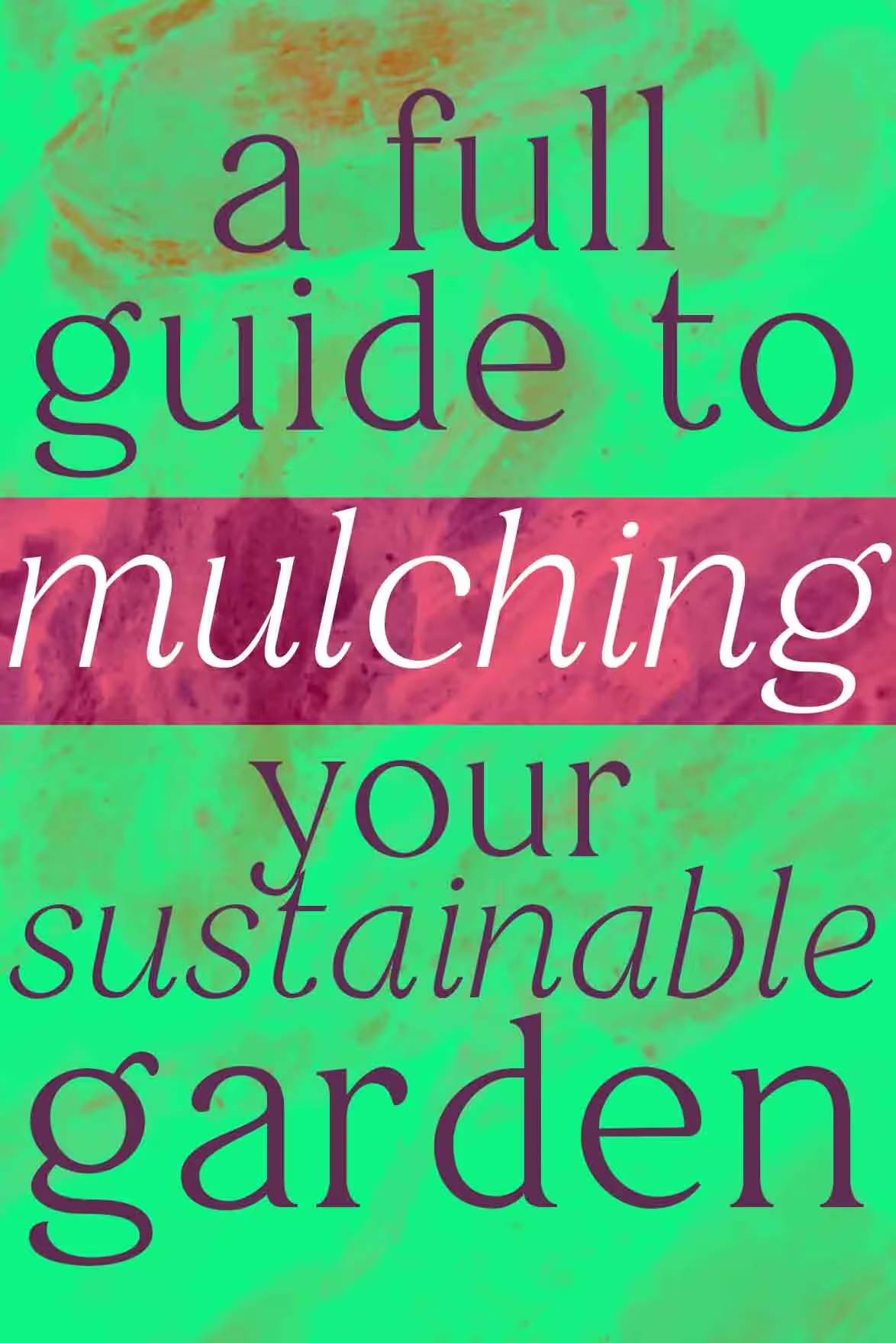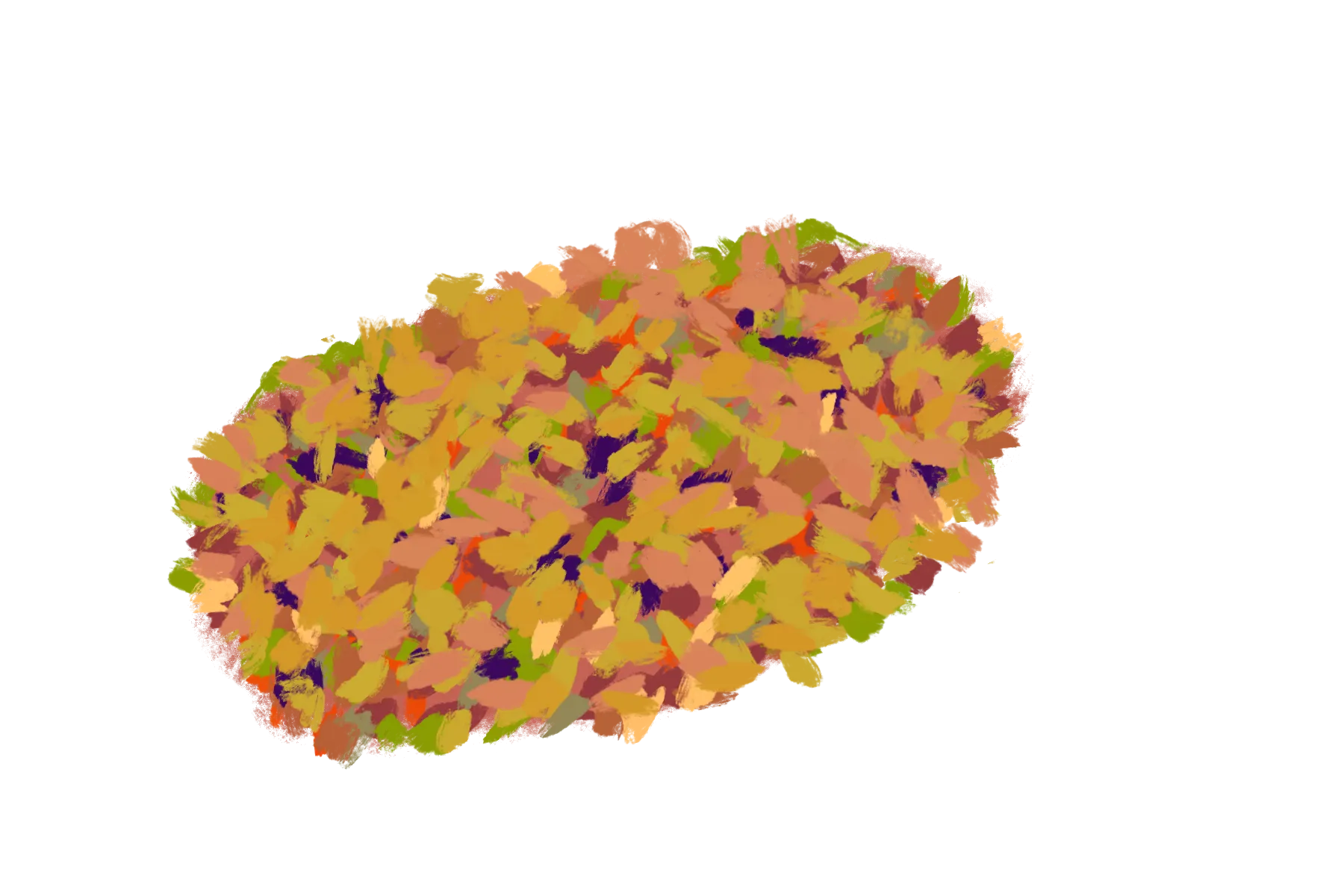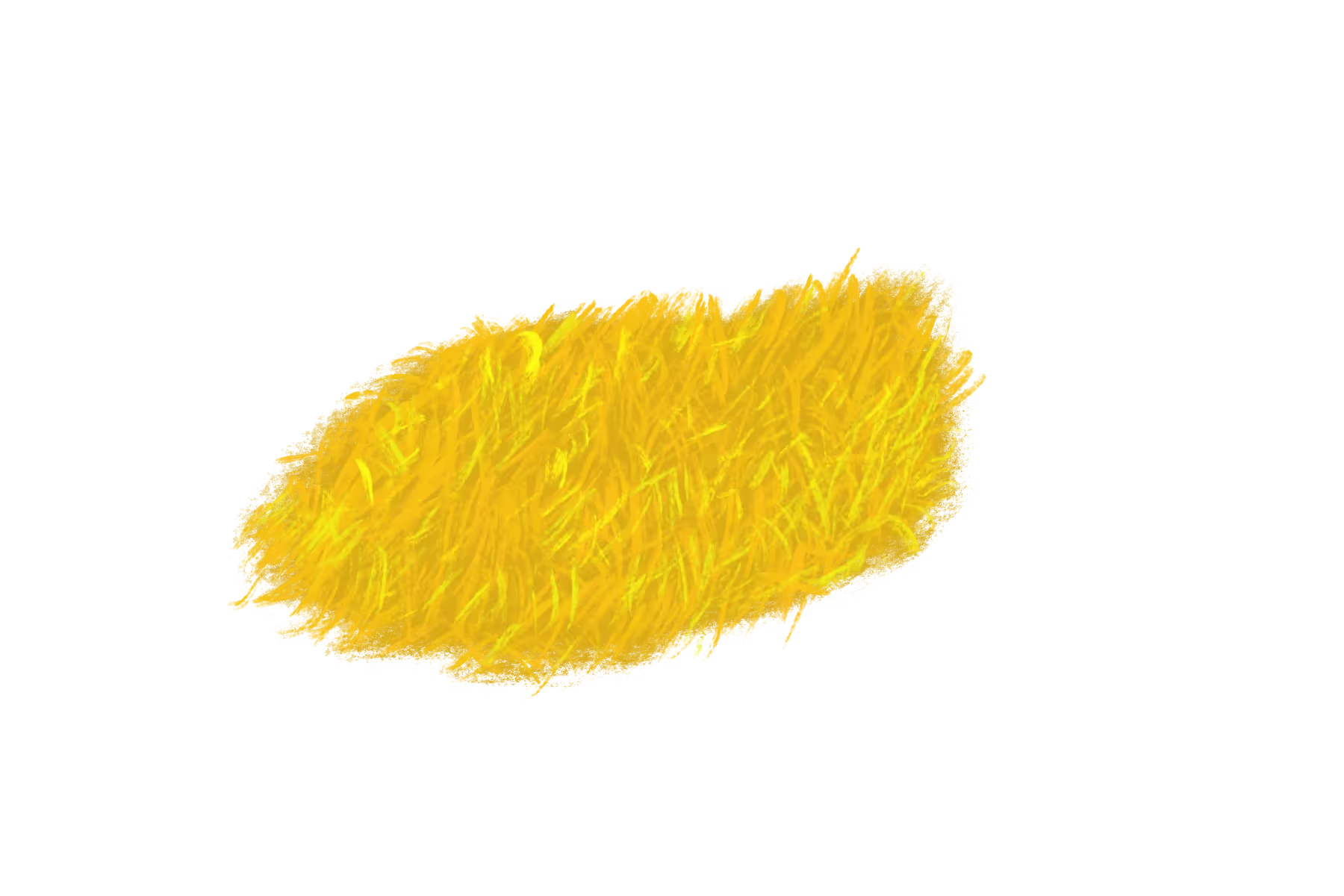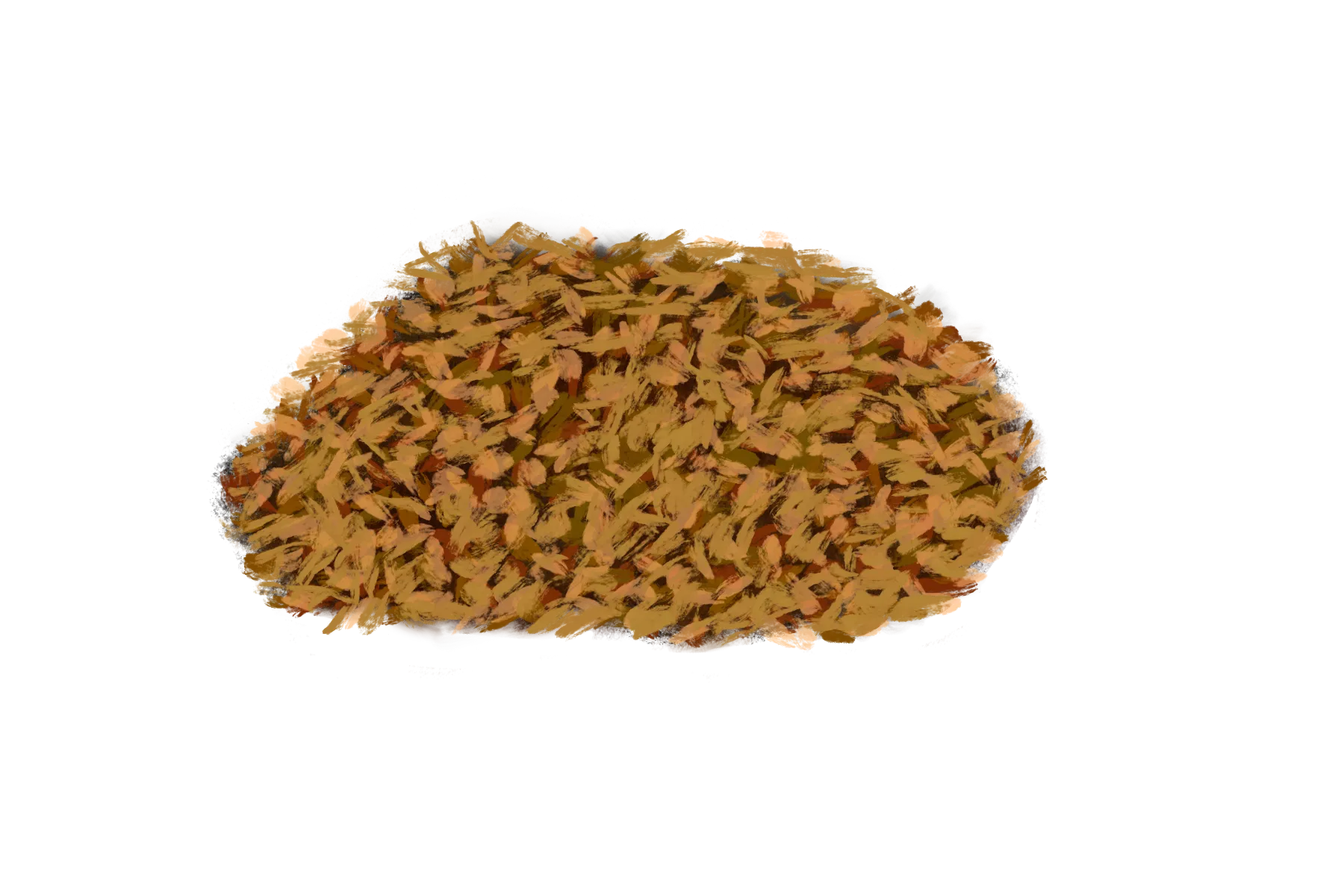
Be a Land Steward.
Sign up for Greenhouse Gases -
a weekly-ish newsletter that will teach you the science behind regenerative gardening, with action steps to help you make a difference in your backyard.

Sign up for Greenhouse Gases -
a weekly-ish newsletter that will teach you the science behind regenerative gardening, with action steps to help you make a difference in your backyard.

Mulch is any kind of item that covers the soil or pathways. Each type of mulch has nuanced benefits in terms of what they provide for the soil, but over all natural materials as much break down overtime and add matter to the soil, retain moisture, and hinder weed growth.
In this guide, we will explore the best vegetable garden mulch types for regenerative gardens.
Natural Mulching is a crucial aspect of gardening that offers many benefits to your organic vegetable garden's health and productivity. Here are nine reasons why you should mulch your garden:
Mulch helps to conserve soil by providing a protective layer that prevents erosion. Soil erosion can be caused by wind, rain, and other environmental factors, and it can lead to the loss of valuable topsoil.
World Wildlife Foundation explains that in preventing soil erosion, mulching also slows runoff and thus keeps fertilizers in place, preventing them from ending up in watersheds.
What’s worse is that, as the IPCC mention in a report, when farming occurs without regenerative actions such as mulching, soil can erode up to 100 times faster than it can be made (WRI)!
Mulch helps to retain soil moisture by reducing evaporation and increasing water infiltration. This is particularly important during hot and dry weather when plants need extra water to thrive.
While mulching has so many benefits, I’d say that its ability to reduce watering needs in times of drought is perhaps one of the most beneficial for our own homestead. With hardly any rain during the growing season, any way that we can conserve water is of huge value to the health of our plants and the results of our harvest.
Studies done during the Dust Bowl found that straw mulch could reduce water evaporation by 35% (source).
Mulch can help to control weeds by preventing them from germinating and growing. It also helps to smother existing weeds.
This multiyear study published in 2015 in the book Weed Population and Control found that after mulch was applied, perennial weed populations were 4.5 times less than the non-mulched control areas (Pupalienė et. al).
Mulch helps to regulate soil temperature by insulating the soil from extreme heat and cold. This can be especially important for plants that are sensitive to temperature fluctuations.
Typically dark colored mulches help warm the soil as they absorb more sunlight, and light colored mulches help keep the soil cool.
It’s been found that mulch can reduce soil temperature by up to 18 degrees F during hot and dry summer months (Martin et al).
Mulch can help to retain nutrients in the soil by preventing leaching and fertilizer runoff. It can also add nutrients to the soil as it breaks down.
In addition, grass clippings, leaves, and compost also add nutrients to the soil as they break down.
What’s also worth mentioning is how natural mulches offer food and habitat for soil microbiota, who further help plants to uptake the proper nutrients and to flourish (MDPI).
Mulch can help to improve soil structure by providing organic matter that can be broken down by soil microorganisms. This can improve soil aeration, drainage, and water-holding capacity.
This is especially helpful if you have excessive clay or sandy soil. Part of this is caused by the organic material breaking down over time and adding organic matter to the soil, and another part is due to a higher worm population in mulched soil (MDPI)
Mulch can help to control pests by creating a barrier that insects and other pests find difficult to cross. It can also attract beneficial insects that prey on garden pests.
A study conducted at the University of Hawaii highlights that mulches can help control thirp populations, and leaf miner populations. The USDA also found that a mulch of hairy vetch around tomato plants reduced populations of the Colorado Potato Beetle when compared to plastic row covers.
The University of Ohio shares that mulching can help create a habitat for beneficial insects, especially the predatory ground beetle.
Mulch can help to prevent soil-borne diseases by reducing soil splash and preventing the spread of soil-borne pathogens.
The studies mentioned above conducted at the University of Hawaii and the USDA also found that organic mulches helped to prevent fungal disease and early blight.
Mulching can help to save time and money by reducing the need for watering, weeding, and fertilizing. It can also reduce the amount of time and effort required for garden maintenance.
Mulching the garden offers many environmental benefits. Mulching allows you to conserve soil, reduce water needs, control weeds and reduce a dependence on herbicides. You can also regulate temperature, retain nutrients and reduce a need for fertilizers, improve soil structure, and control pests and diseases reducing a need for pesticides. All of these results save not only time and money but also benefit the planet environmentally.

Compost is an excellent mulch option for gardeners. It is rich in nutrients and helps to improve soil fertility. Spread a layer of compost around the base of your plants, and they will thrive.
In addition to helping to build soil fertility and texture and topping up beds, compost also assists your plants with a little nutrition.
According to the University of Amherst, an average compost has an NPK value of 1-1-1. This is an estimate, since how the compost was made and what was put into it impact the end nutritional result.
While the NPK levels may not be anything to write home about, there are many other secondary macronutrients and micronutrients to be found in compost.
The Soil Control Lab sampled 1600 different composts made by farmers and gardeners and found an average of:
3% calcium
.6% magnesium
4384 mg/kg sulfate
117 mg/kg copper
248 mg/kg zinc
15321 mg/kg iron
291 mg/kg manganese
51.5 mg/kg boron
4 mg/kg molybdenum
While these numbers are relatively small, they are still present and with yearly or 2x yearly application of compost mulch, can improve soil health.
Interestingly, even with these small numbers, compost as a mulch faired better than inorganic fertilizer in a 3-year study.
This study from the University of Cape Coast found that applying compost to crops improved soil health and increased crop yield when compared to inorganic fertilizers, even if the inorganic fertilizer was mixed with biochar.
Moreover, they found that using only inorganic fertilizer made the soil less healthy. They measured soil health by looking at things like how much water the soil can hold, how much air can get into the soil, and how much of different nutrients are in the soil. They also measured how much grain the crops yielded.
Composting is also a great way to contribute to the fight against climate change in your garden. According to the EPA, when we compost our kitchen, garden, and green waste, we:
when to use compost as mulch:
when not to use compost as mulch:

Leaves are readily available in the fall, and they make an excellent mulch for your garden. They help to retain soil moisture and suppress weed growth. Shred them before spreading them on your garden to speed up the decomposition process.
Leaf mold is a type of mulch that is made by composting leaves. It has a finer texture than whole leaves and breaks down more quickly, providing nutrients to the soil. Using regular leaves as mulch can also provide benefits to the garden, such as retaining soil moisture and suppressing weed growth. However, they may take longer to break down and provide nutrients to the soil compared to leaf mold.
Applying autumn leaves to the garden as a mulch can help to retain soil moisture and suppress weed growth.
The US Department of Agriculture shares that since beneficial insects and wildlife will overwinter in the leaves, that mulching with leaves and providing this habitat for them will support your garden in the following growing season, as these animals offer natural pest control.
The USDA also mentions that the leaves offer food to soil microorganisms and will break down to add organic matter to build soil health.
Mulching is a great way to keep the soil covered during times when the garden is not planted, and in this way you practice one of the key principles of regenerative gardening. As Jesse Frost says in the Living Soil Handbook, keep it covered! This also helps reduce soil erosion over the off-season.
Since we’re talking about leaves, we would be remiss not to mention leafmold. In his book The Complete Gardener, Monty Don quips that “leafmould is one of the few things that money cannot buy.”
And leafmold is one of the simplest things to make in the garden. Monty Don directs us to simply rake a pile of leaves into a quiet corner of the garden, and let it age for about a year. Beneficial fungi will break it down into a crumbly texture, as long as the leaf pile stays hydrated from autumn, winter, and spring rains. The pile really just needs to stay in place - no turning, no worrying about temperatures or anything like that. He suggests adding this as a supplement to seed starting mixes or mulching with the leafmold (Don 110).
when to use leaf mulch:
when not to use leaf mulch:

Grass clippings are a great source of nitrogen, making them an ideal mulch for vegetables. Make sure to use dry grass clippings, as wet grass can clump and form a barrier that prevents water and air from reaching the soil.
The Extension at the University of Illinois states that the NPK of grass clippings offer an NPK value of 4-.5-2. The U. of I. goes on to share that adding 1 inch at a time is a good practice.
In the summer months, when grass is abundant but water is not, grass clippings can be the answer to reducing water evaporation around your plants.
Because I live in an area with a massive slug population, especially in our rainy autumns, winters, and springs, I was hesitant to mulch with grass clippings, as I knew grass attracted slugs.
However, after seeing Huw Richards and then more recently Ben of Growveg have success with grass clippings during their out-of-the-ordinary droughts in 2022 and 2023, I’ve been applying grass clippings to my garden whenever its available in order to help conserve water. I can happily report that slugs do not seem to be hiding in the grass clippings over the past two summers due to this being our dry season. The grass breaks down quickly when you apply it in thin layers, so shortly after the autumn rains start the grass is no longer really there to be a slug oasis.
when to use grass as mulch:
when not to use grass as mulch:

Straw is a popular mulch option for vegetable gardens. It helps to suppress weed growth and retain soil moisture.
Please, please, please, make sure that your straw is organic. We bought a load of straw early on in our gardening days and mulched liberally with it. I knew that herbicide treated straw would wreck a garden, but I was under the impression that it would wreck ALL plants. I was planting a lot of brassicas and nightshades at the time, which weren’t affected much. But when it came time to plant peas or any kind of bean aside from fava beans, they just would not germinate at all, or would die upon transplant. Even really healthy runner bean plants that I purchased died within 3 days of transplanting it into my garden, even though I tended to it and didn’t transplant it in extreme temperatures.
It took me a while to realize what was happening, and it was a video by Keith at Canadian Permaculture Legacy which I cannot find at the moment that made me realize what was going on when he showed that an area he mulched with treated straw was only growing broccoli.
For us, even 3 years after applying the treated straw, beans are difficult to germinate in those areas. Luckily we have expanded our gardens and put in new beds, which is where we grow our peas, bush beans, and runner beans.
when to use straw in the garden:
when not to use straw in the garden:

Wood chips are a long-lasting mulch option that can help to regulate soil temperature. They are ideal for perennial crops like fruit trees and bushes, since they support the fungal networks that perennial crops prefer (teaming with microbes).
Colorado State University Extension found that mulching perennial crops with wood chips decreased watering inputs by up to 50%.
The same report also notes that the much-feared nitrogen tie-up of wood chips is really only an issue if the wood chips are mixed into the soil. This is because if the wood chips remain on the surface, the area of the nitrogen tie-up is very small, only at that surface level and not below the surface where the plant’s roots are located.
when to use wood chips in the garden:
when not to use wood chips in the garden:
In summary, mulching is essential for regenerative gardens as it improves soil health and crop productivity while also benefiting the environment. Go out, find some mulch, and watch your garden flourish!
I love everything about mulching, but I think the benefit that mulching offers to my garden that I cherish the most is its ability to conserve water. I have another guide on other ways to conserve water in your garden, which might interest you. Read it here.